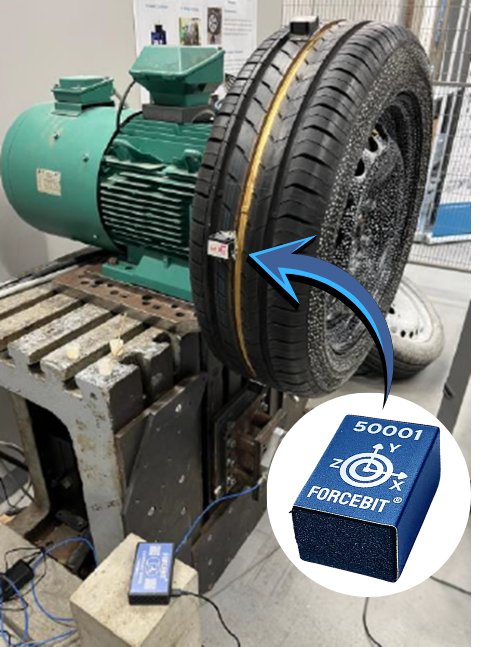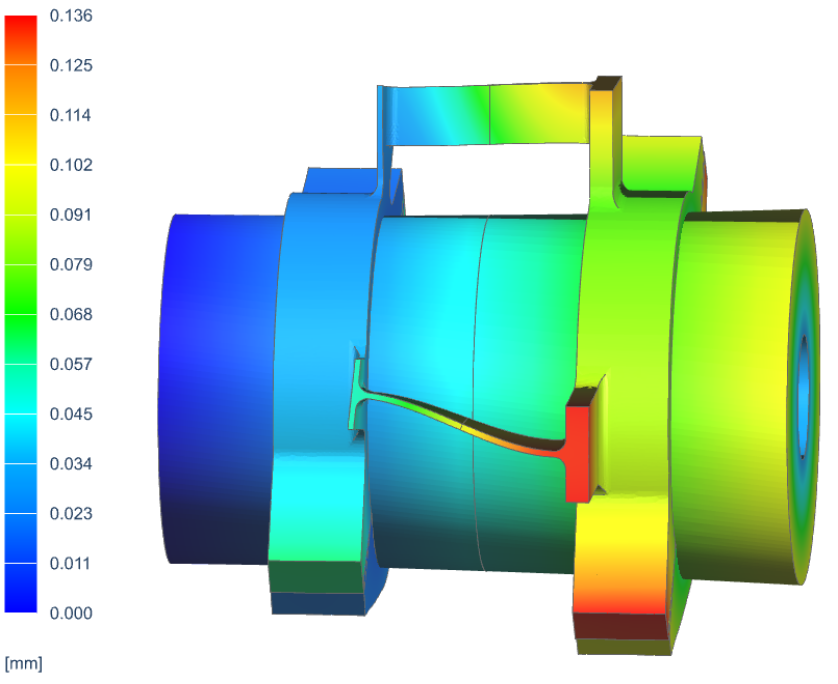When you push your body during training, it might not be obvious from the outside when you're straining yourself. Yet, you can feel the burn and the back pain—a clear sign of internal stress. The same applies to machines: externally, everything may seem fine and smooth, but internally, the components could be suffering from overload. Conversely, components might handle more and perform better than expected, but we hesitate to push them to their limits out of caution.
In a world where we constantly expect more yet aim to avoid collateral damage. Accurately assessment of performance has never been more critical. At Forcebit, we've made it our mission to make this possible for drivetrains. The best way to achieve this is by analyzing the loading conditions, as well as the internal forces and moments acting within the driveline.
For rotary drivetrains, torque and bending at specific shaft locations provide crucial insights. These parameters allow us to calculate bearing and gear loads, which are essential for estimating lifetime. Torque, combined with velocity, reveals the power flow through the system, while angular acceleration sheds light on the dynamic behaviors excited under different operational conditions.
Since these quantities are notoriously challenging to measure with existing solutions, Forcebit develops fast, easy-to-install, and highly reliable vibration and torque measurement principles. Our secret lies in leveraging the physics—not only through numerical algorithms that integrate data from multiple sensors but also in our design process, where nonlinear finite element analysis helps us optimize the weight and strength of our components.
By blending physics-based insights with cutting-edge technology, we’re redefining how drivetrains are assessed, ensuring performance is pushed to its full potential without compromise.











